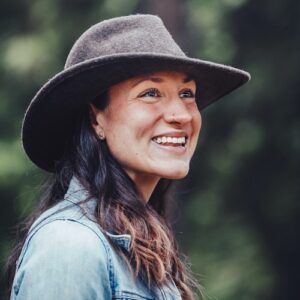I’ll walk the creek with you
Once a day, Diane Seitz walks to Little Butte Creek with her dog Maggie.
It’s not far. Maggie usually leads the way – out a garage door and through a garden gate. Follow the fence to the water.
Seitz started making the routine daily after her husband died.
“It was my therapy,” said Seitz. “Just to come out here and walk.”
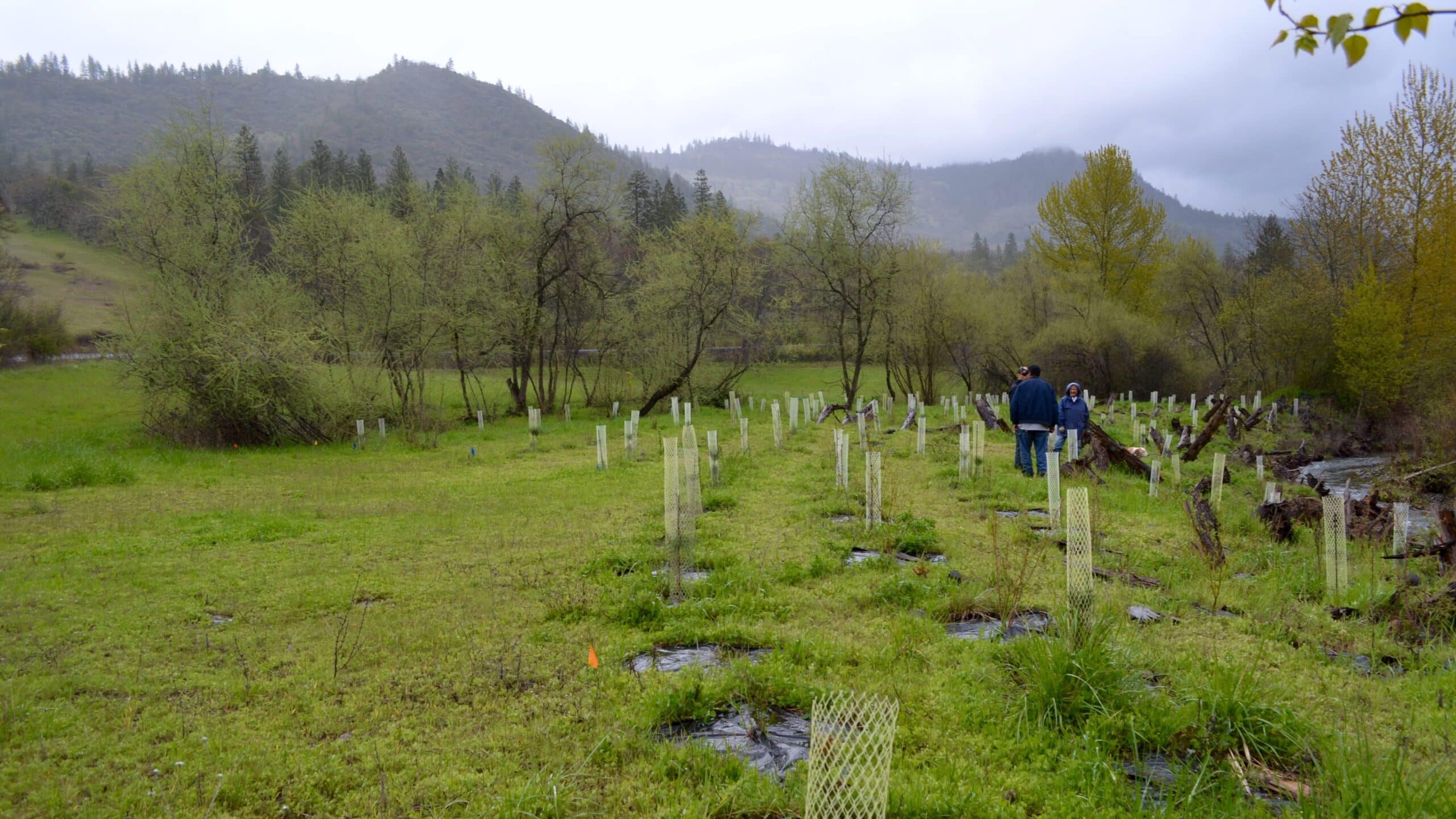
They purchased the land along the creek and moved south from Anchorage to the little town of Lake Creek, Oregon. It was the final stop on a grand tour of the West. Gary spent his career in forestry. There were stints in Montana, Wyoming and California.
“I was tired of winter,” said Seitz. “Our goal was to finally get somewhere where we didn’t need a snow shovel.”
And they’d always wanted land along water.
“Having property along a creek like this is a treasure, and you should take care of it,” said Seitz. “But when we bought this place, I called it used and abused. There were no young trees, and it had all been overgrazed.”
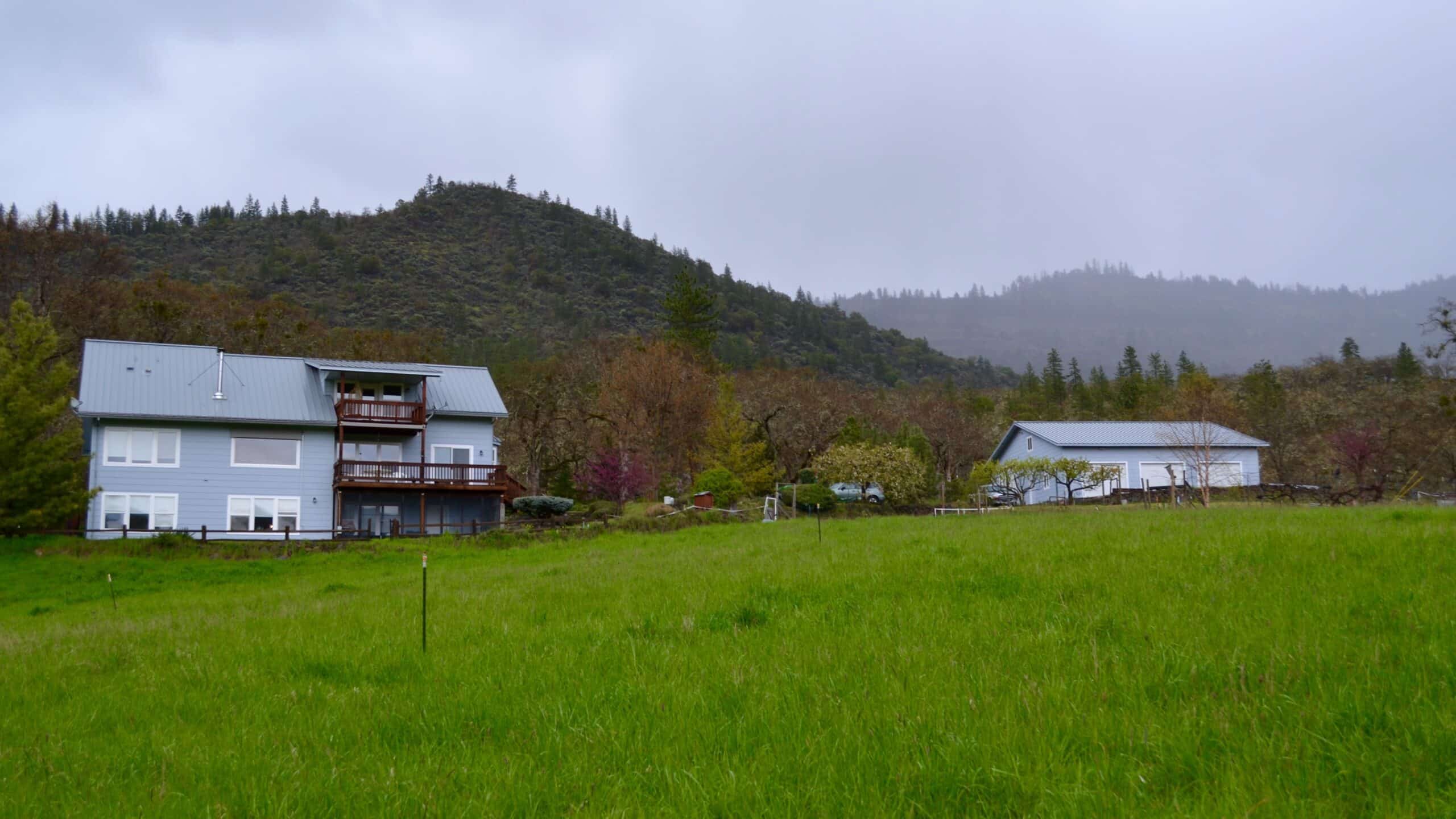
Over the years, Gary replanted thousands of trees on their property.
And after he died, The Freshwater Trust (TFT) would come to plant 1,400 more on the land between their home and the creek.
The conversation between Seitz and TFT began in 2013. The creek had been identified by the Bureau of Reclamation as prime habitat for juvenile coho, and had allotted money for restoration.
A side channel off Seitz’s property was critical for the fish during the winter.
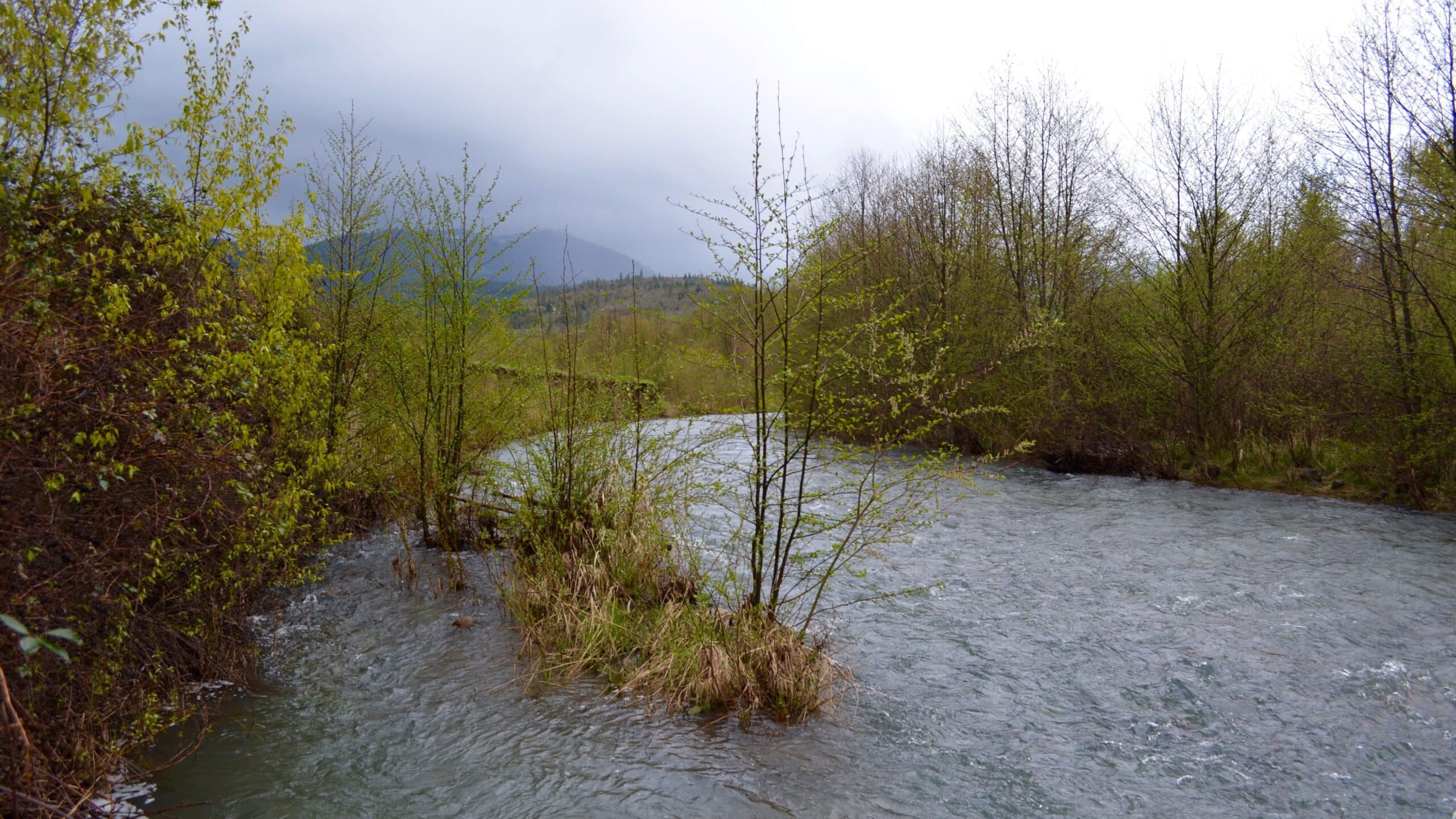
“They always seemed to like that little place,” said Seitz. “But it was about to all but dry up before The Freshwater Trust and partners started doing their work.”
Starting in 2015, TFT built nine large wood structures and planted more than 1,000 native trees and shrubs on one acre of Seitz’s property.
“This is a remarkable spot,” said Lance Wyss, restoration project manager with TFT. “When you realize there are more fish because you are present, that’s a powerful example of impact.”
Seitz has watched the plants grow, as she and Maggie wind through them daily.
“All of this just used to be thick, invasive blackberry,” said Seitz. “It’s good to see it gone.”
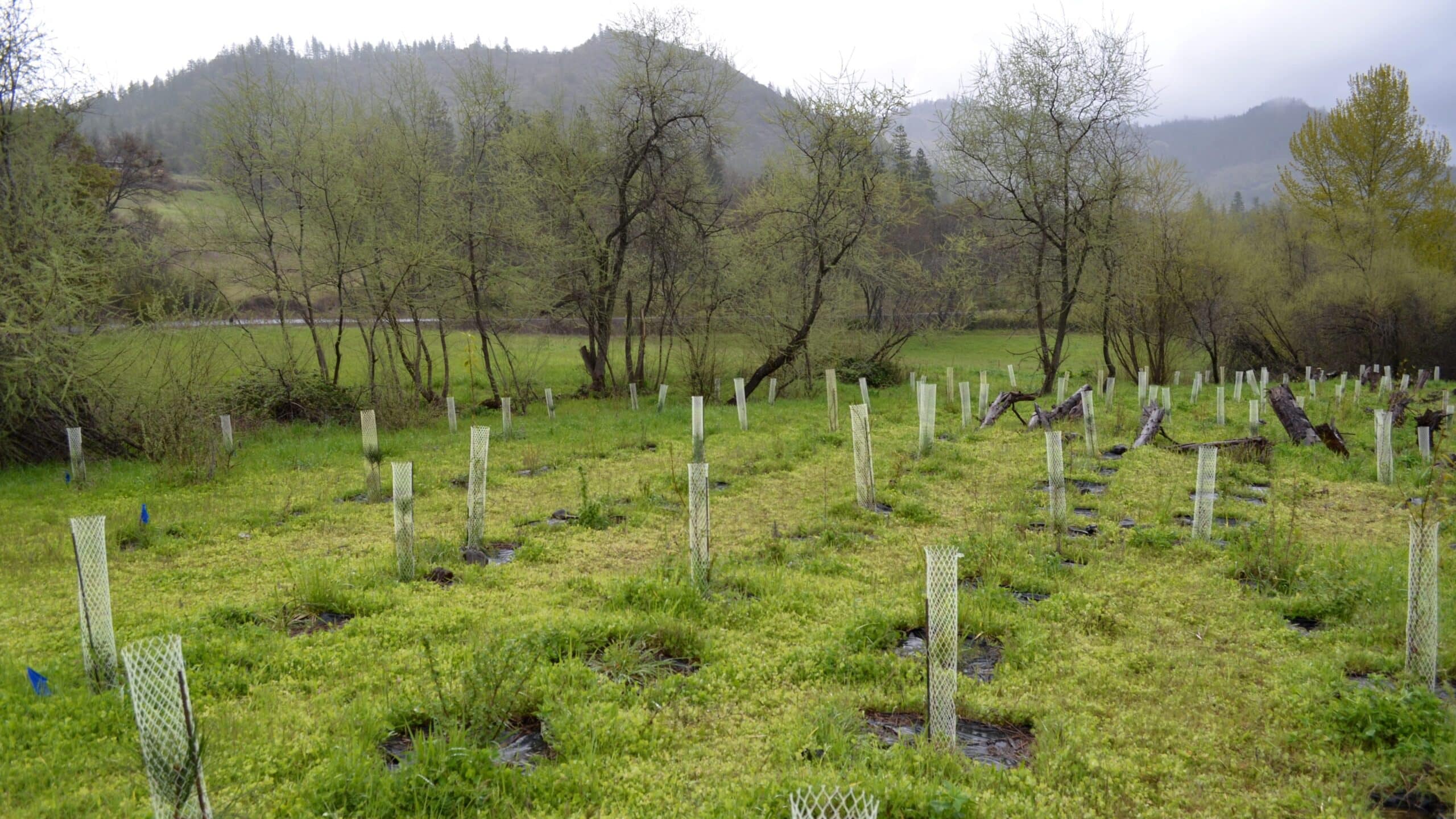
Her neighbors have noticed the changes as well. It would be hard not to. Dead and dying logs from another nearby neighbor’s property were trucked in to create the large wood structures to improve habitat complexity.
“They knew I was doing something down there, and they probably had questions,” said Seitz. “But honestly, I didn’t really care what they thought. I was going to do what I was going to do.”
Placing large wood in streams can be contentious.
In the 1960s, the Army Corps of Engineers led a national moment to remove “woody debris” and meanders from streams and rivers. They thought it would prevent flooding. In actuality, water was carried through the river system faster, exacerbating the problem. Removing the wood also decreased habitat diversity.
“We’re working to modify historic impacts,” said Wyss. “The accumulation of large wood is a completely natural process. We’re trying to bring these waterways back to a higher functioning state. But understandably, there’s still fear there of flooding and property damage. That’s why we use engineered large wood structures to reduce the risk of logs moving in this the type of land-use system.”
Seitz believes that with seeing comes believing.
The side channel that was once almost gone now has water and juvenile coho in it.
Now entering their second growing season, the native plants that took the place of the invasive blackberry are thriving.
She invites the skeptics to come take a look.
“I’d like to tell them to come down here,” said Seitz. “Come down here, and I’ll walk the creek with you.”
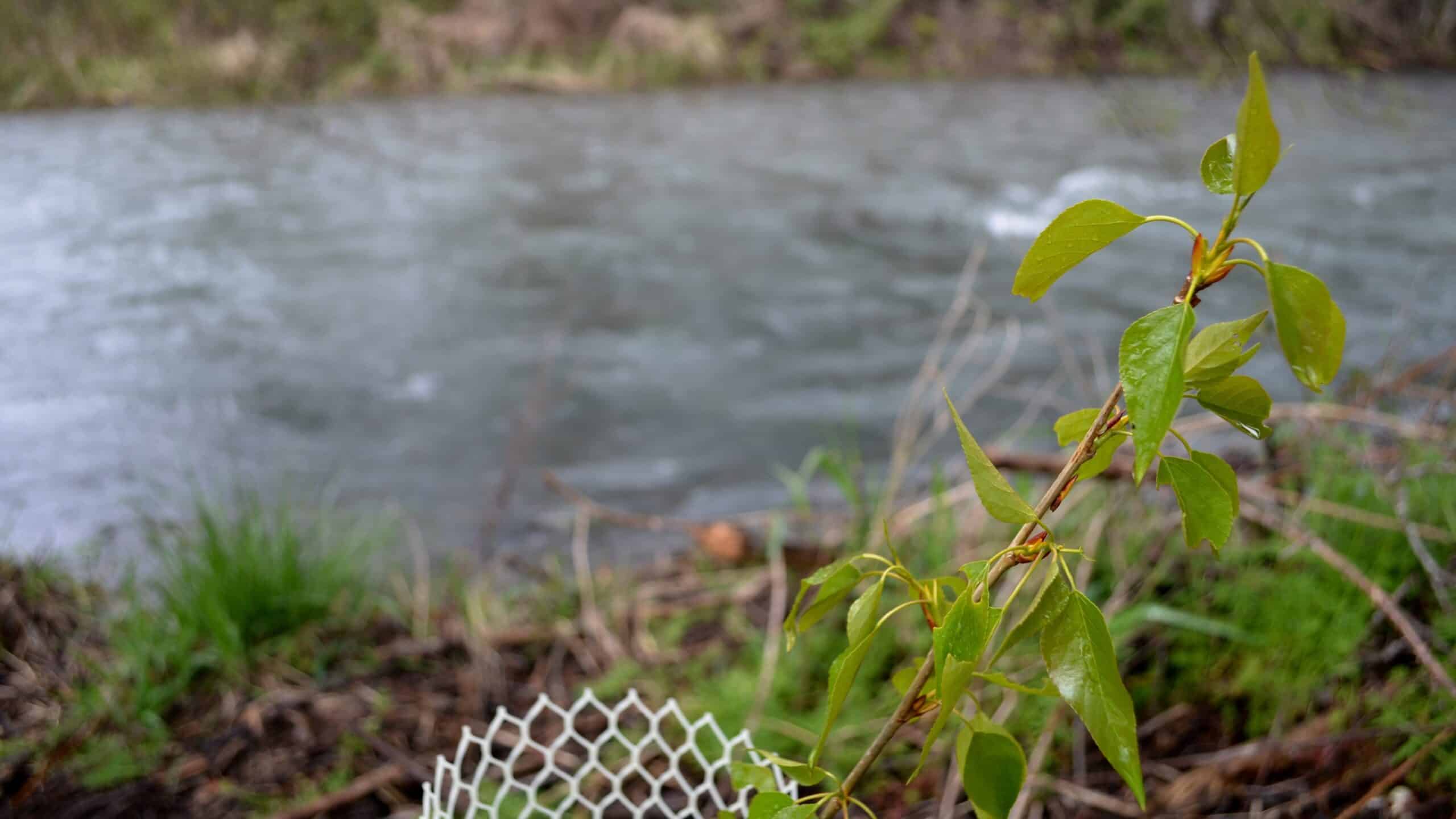
Enjoying Streamside?
This is a space of insight and commentary on how people, business, data and technology shape and impact the world of water. Subscribe and stay up-to-date.
Subscribe- Year in Review: 2023 Highlights
By Ben Wyatt - Report: Leveraging Analytics & Funding for Restoration
By Joe Whitworth - Report: Transparency & Transformational Change
By Joe Whitworth - On-the-Ground Action – Made Possible By You
By Haley Walker - A Report Representing Momentum
By Joe Whitworth

